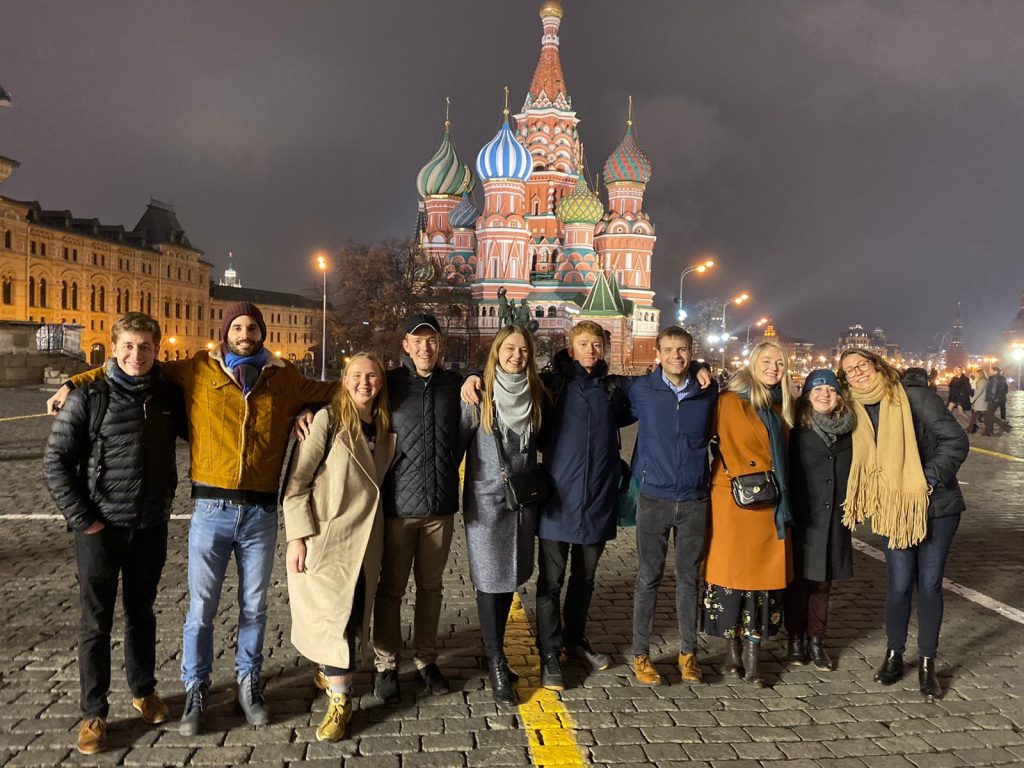Three major nuclear accidents, as seen by young American and Russian professionals

In a series of Bulletin articles in June 2019, young American and Russian professionals examined the future of global nuclear power. They made their case for nuclear power, driven by their concern about global climate change, and also identified the principal challenges that must be overcome. Safety of nuclear power was judged to be the major risk, followed by the risks of nuclear proliferation, security, and nuclear waste disposal, and the economic challenges to increased use of nuclear power, especially in the United States.
We asked the group of young professionals to do a deeper dive on the issue of nuclear safety after last summer’s airing of the popular HBO miniseries Chernobyl. The miniseries took a lot of liberties with the technical facts, but it captured the personal hardships and suffering of the nuclear disaster. We expanded the problem to include the nuclear accidents at Three Mile Island in the United States and Fukushima in Japan, so as to cover the effects of the world’s three major nuclear accidents on the future of nuclear power.
No comments:
Post a Comment